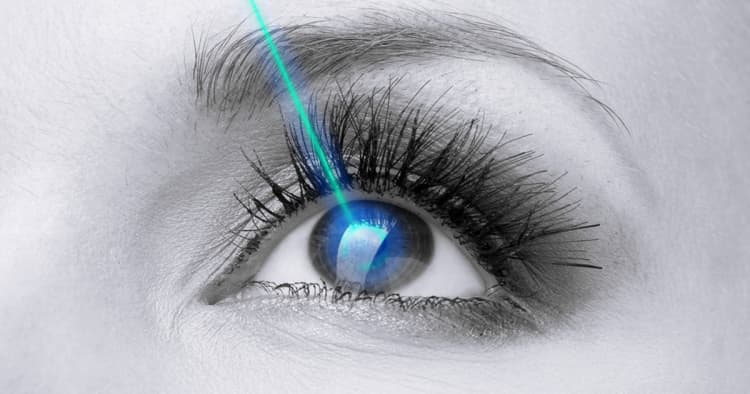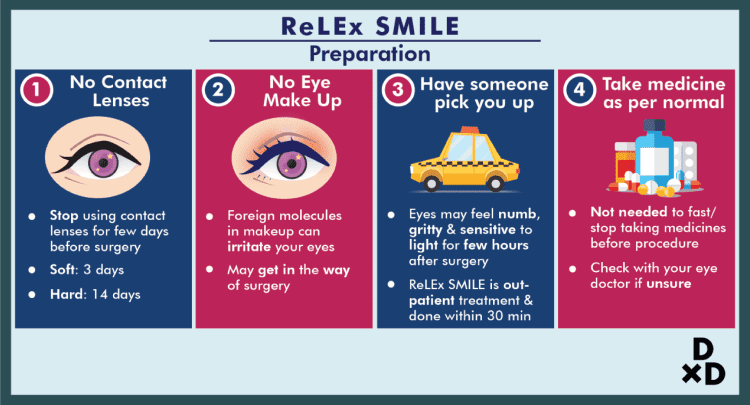Suffering from myopia and want to know how to get 20/20 vision? Check out our webinar as we explore two minimally invasive refractive procedures, TransPRK and SMILE, and how it can help you achieve the perfect vision you desire.
Title: Beyond LASIK: Minimally-Invasive Laser Vision Correction Techniques
Date: 24 Feb 2021
Time: 7pm
Register Here: http://bit.ly/2LwQu9
What is myopia?
Nearsightedness, also known as myopia, is an eye problem causing blurred vision at a distance. People with myopia have more difficulty seeing things that are far away, like when they are driving, than things that are close up, such as when they are reading or using a computer [1]. When myopia is not treated with corrective lenses or surgery, it can lead to squinting, eyestrain, headaches, and eventually severe vision loss.
What causes myopia?

Myopia occurs when the shape of the eyeball is too long relative to the focusing power of the cornea and eye lens. This means that the light entering the eye does not focus on the back of the eye (retina), but concentrates in front of the retina, leading to blurred vision [2]. Sometimes, myopia occurs due to the lens being too curved for the length of the eyeball.
Myopia usually starts in childhood, and if your parents are nearsighted you may be at a higher risk of developing it. Myopia stabilises in early adulthood in most cases but can carry on increasing with age. Rarely does it improve over time.
Environmental conditions affect your chances of developing myopia. Children who spend a lot of time concentrating on near objects, such as when:
- Reading
- Viewing a computer screen
- Spending time indoors without natural light
May increase the chances of developing myopia.
What are the symptoms of myopia?
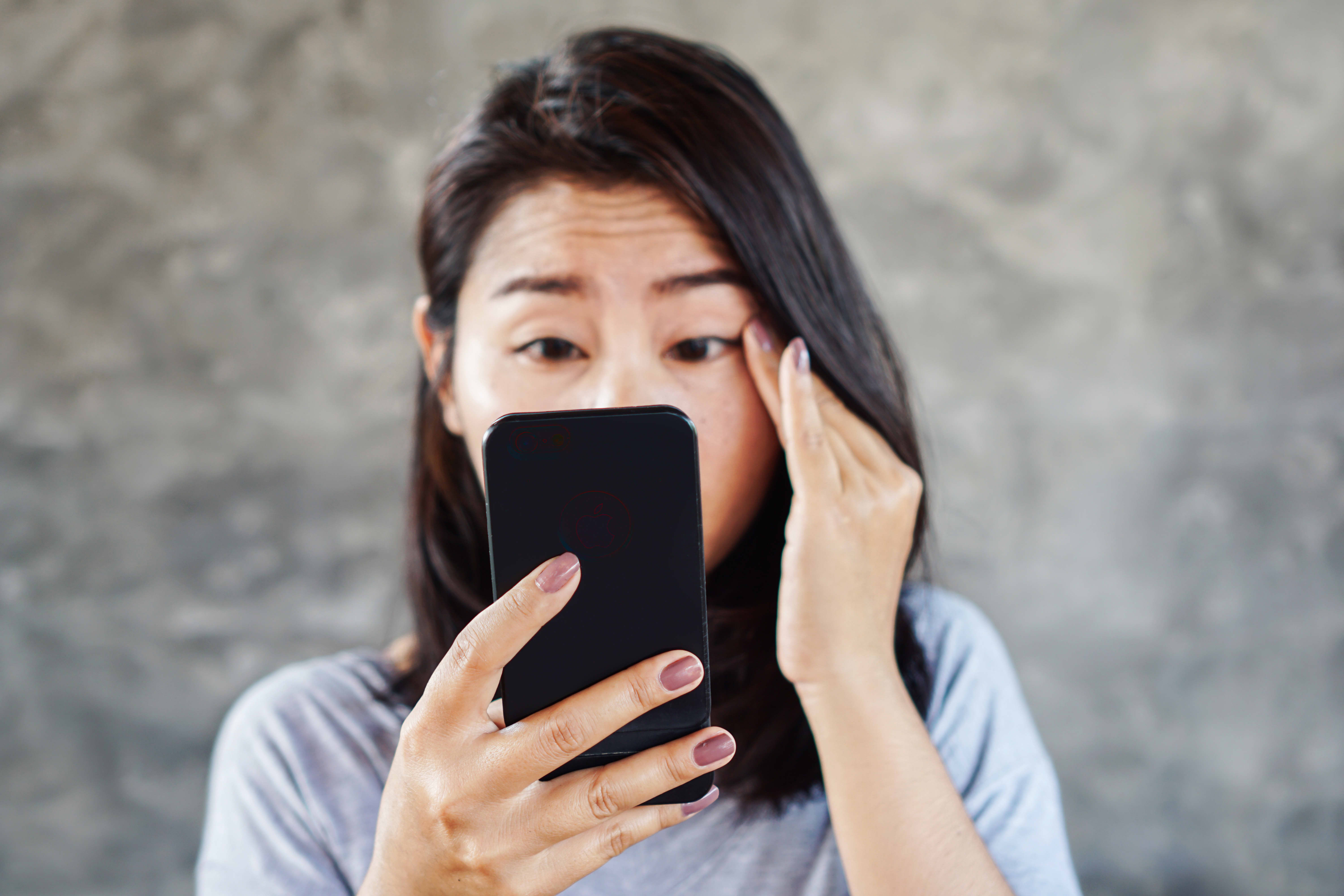
Myopia symptoms may include:
- Focusing difficulty when reading or looking at a monitor. [3]
- Blurry vision while seeing things from afar
- The need to squint or cover slightly to see clearly
- Headaches due to eyestrain
- Difficulty seeing far objects while driving, particularly at night (night myopia). If you suspect you have uncorrected myopia it would be best not to drive.
As mentioned above, myopia is often initially identified during childhood and is usually treated by adolescence. A child with myopia may:
- Squint persistently
- Need to sit nearer to a TV, cinema screen or at the front of class.
- Be unaware of distant objects
- Blink often
- Often rub his or her eyes [4]
How is myopia diagnosed in Singapore?
Your ophthalmologist can diagnose myopia as part of a basic exam that includes:
- A refraction assessment
- An eye health exam [5].
A refraction assessment decides whether you have visual issues such as:
- Myopia
- Difficulty focusing on close-up objects (Presbyopia) [6]
- Blurry vision at all distance (Astigmatism)
Your ophthalmologist will use different instruments to check if you are far or short-sighted and ask you to look through multiple lenses. Your ophthalmologist may use eye drops to dilate the eyes for testing. It can make your eyes more sensitive to light for a few hours after the test.
How do I choose the best method to manage myopia in Singapore?
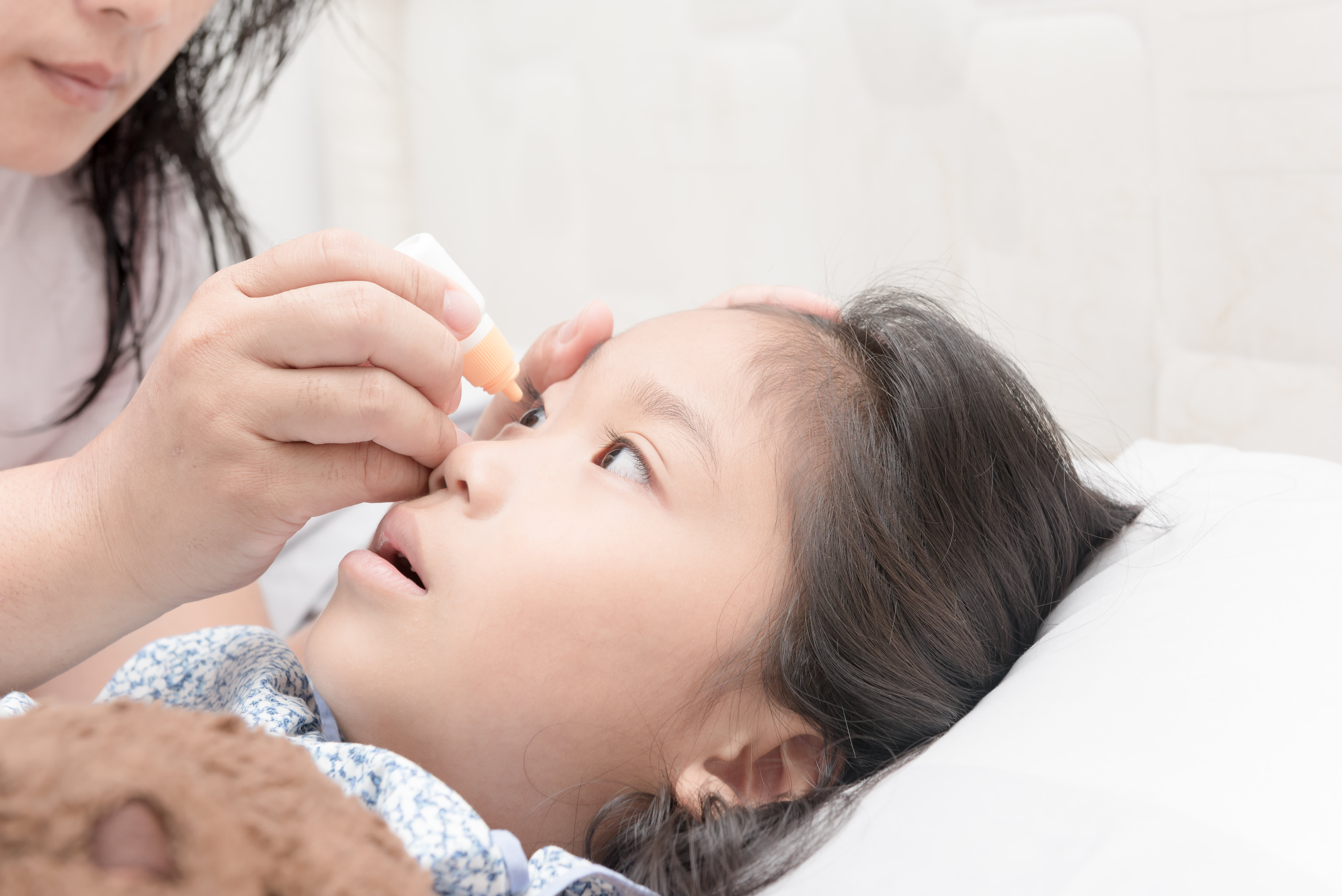
There are a few ways of handling myopia. The solution that suits you best depends on the severity of your myopia and your lifestyle. [7]
You can manage myopia through:
- Atropine Eye Drops
- Ortho-K Lenses
- Spectacle Lenses, particularly MiYOSMART
- Contact lenses
- Laser-assisted in situ keratomileuses (LASIK)
- Photorefractive keratectomy (PRK)
- Laser-assisted subepithelial keratectomy (LASEK)
Atropine Eye Drops
Atropine eye drops work by dilating your pupils and paralyses the eye’s focusing muscle temporarily. This is a common first-line treatment in slowing down myopia. Atropine eye drops in Asian children were well tolerated and were successful in reducing the development of low to severe myopia [8] [9].
Ortho-K lenses
Ortho-K lenses reshape the front of your eyes while worn overnight. Ortho-K lenses reduce your child’s chance of eye injury and their need for a new prescription.
Spectacle Lenses, particularly MiYOSMART
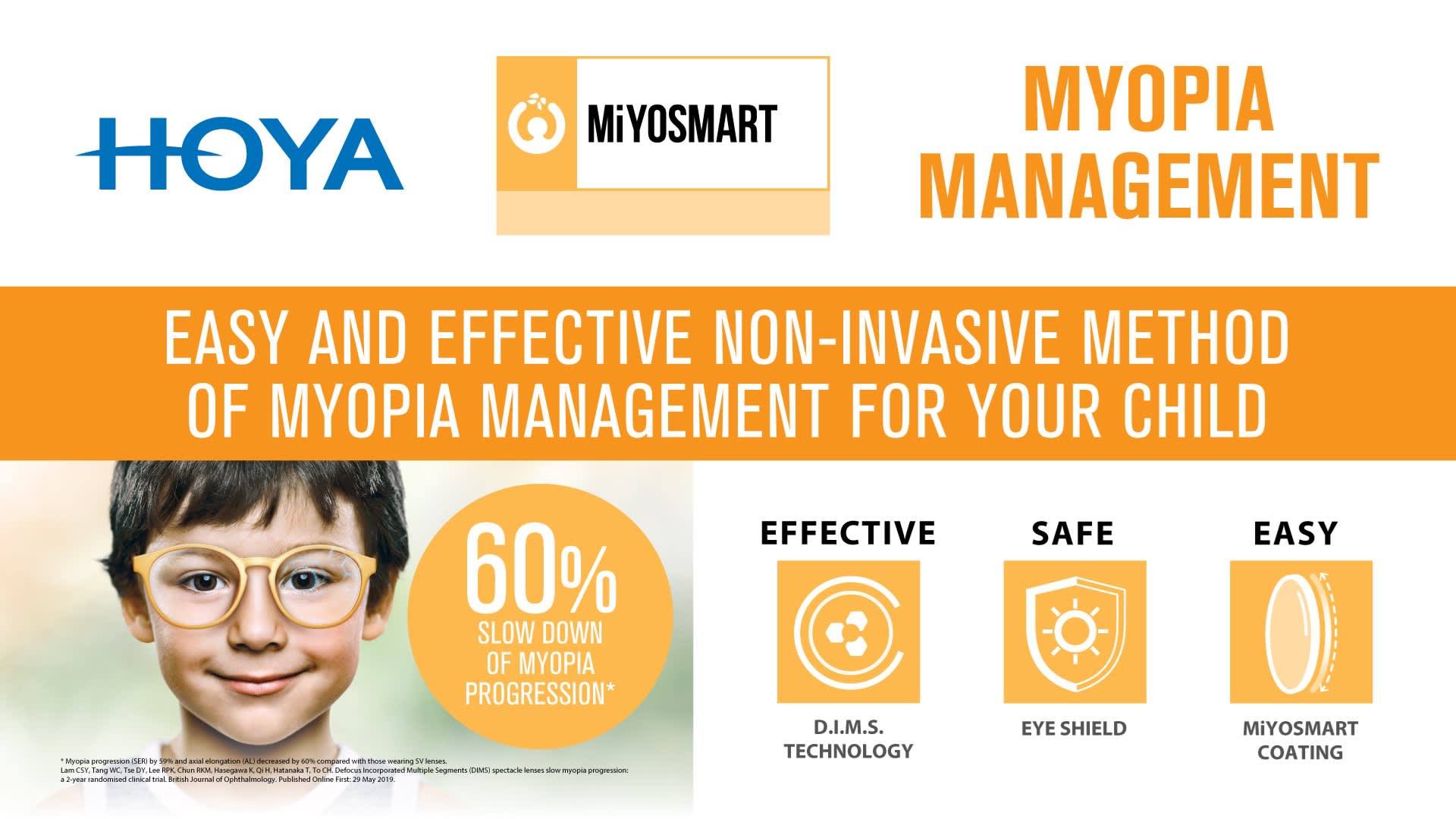
Myopia in children, particularly those under 8 years old, should be corrected in full and glasses should be worn constantly [10]. There are different types of lenses, such as single-vision lenses and bifocal lenses. [11]
Some state-of-the-art technologies include MiYOSMART, which can slow myopia development by an average of 60%. [12] This works through D.I.M.S. technology (Defocused Incorporated Multiple Segments technology) [13]. This technology works by having a central optical zone within which light refraction in your eyes is corrected. Around this zone are many 'defocus segments' that help to control myopia progression. These defocus segments look like honeycomb if you look very closely.
Children who are worried about the spectacles looking different with its honeycomb pattern have nothing to fear. These patterns can only be seen up close, requiring the other person to enter their personal space.
MiYOSMART lenses are also safe as they have been stress tested and are certified impact resistant. You might think this means it is bulky and heavy but it is thin and light. It is also UV resistant, which means your eyes are protected from the sun. The lenses are also easy to wear and maintain with many layers added on. These layers made the MiYOSMART water repellent and anti-reflective.
Contact lenses
Contact lenses are lenses that you put on your eye. Taking them on or off may require some practice, but they are a good alternative for people who do not want to wear spectacles. They are available in a wide variety of materials and designs including:
- Soft and rigid
- Gas-permeable, in combination with spherical, toric, and multifocal design.
Laser-assisted in situ keratomileuses (LASIK)
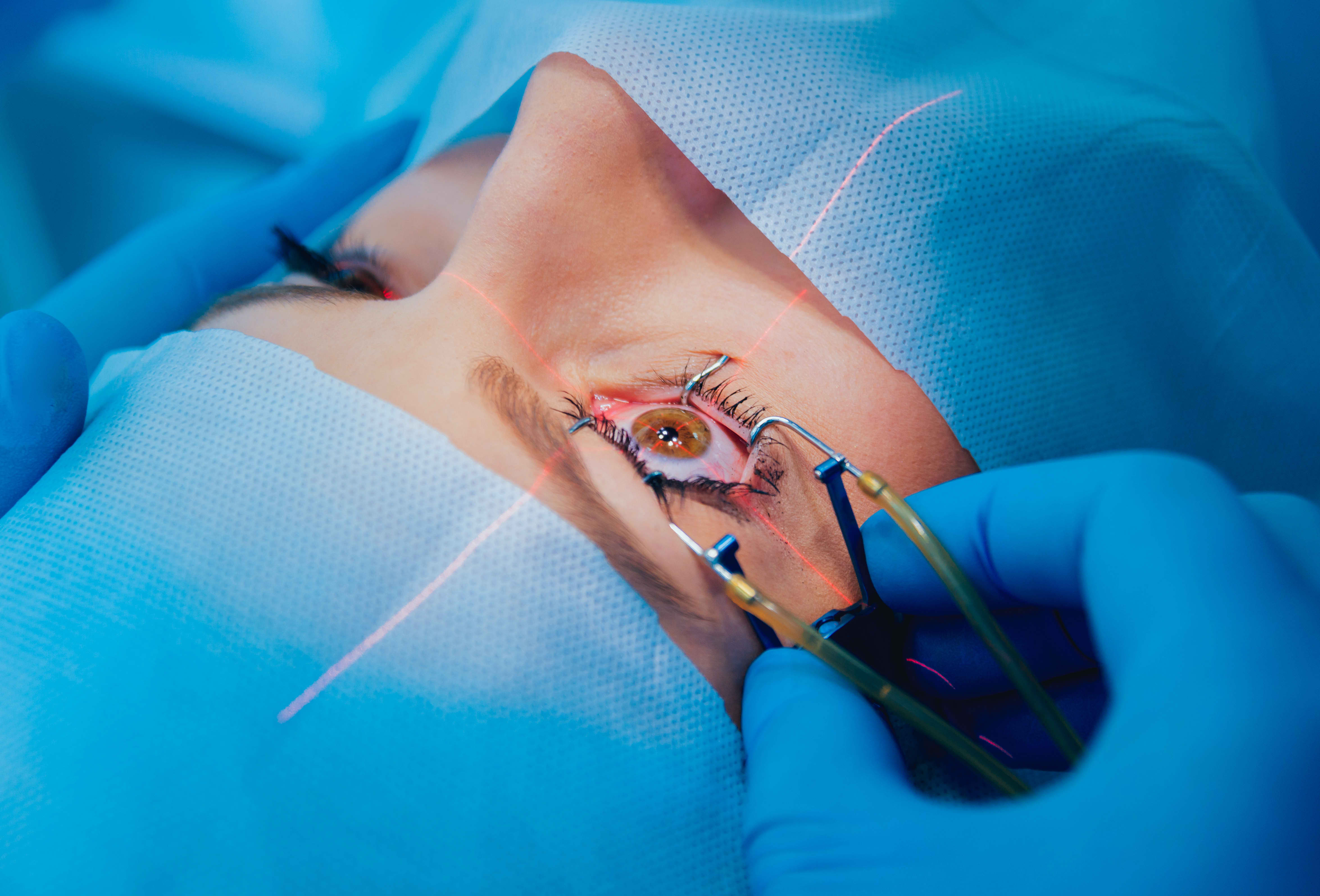
LASIK is a non-reversible corrective surgery to vulnerable parts of your eyes. A laser is used to reshape your cornea, leading to a change in the way your eyes reflect light rays on your retina. Millions of people have had LASIK surgery, often with great results to fix their vision. [14]
- When LASIK is performed, a thin circular (flap) is formed on the surface of the eye using a microkeratome or femtosecond laser surgical instrument.
- Your eye surgeon then folds the hinged flap back to reach the stroma, using an excimer laser to reshape the corneal tissue.
- Then the flap returns to its original location and acts as a natural bandage that keeps the eye warm as it recovers.
Photorefractive keratectomy (PRK)
PRK is an alternative to LASIK, used most commonly if your cornea is too small to make LASIK a healthy choice. PRK was the first method of laser vision surgery and is the predecessor from which LASK was created.
- During PRK, instead of making a corneal flap as in LASIK, your eye surgeon removes the incredibly thin outer layer of the cornea entirely (epithelium, which is like a translucent air mask, surrounding the cornea) using an alcohol solution, a “buffing” system, or a blunt surgical instrument.
- The corneal stroma surrounding it is then reshaped with an excimer laser.
- In five days, a new epithelial layer regrows and treatment is complete.
Laser-assisted subepithelial keratectomy (LASEK)
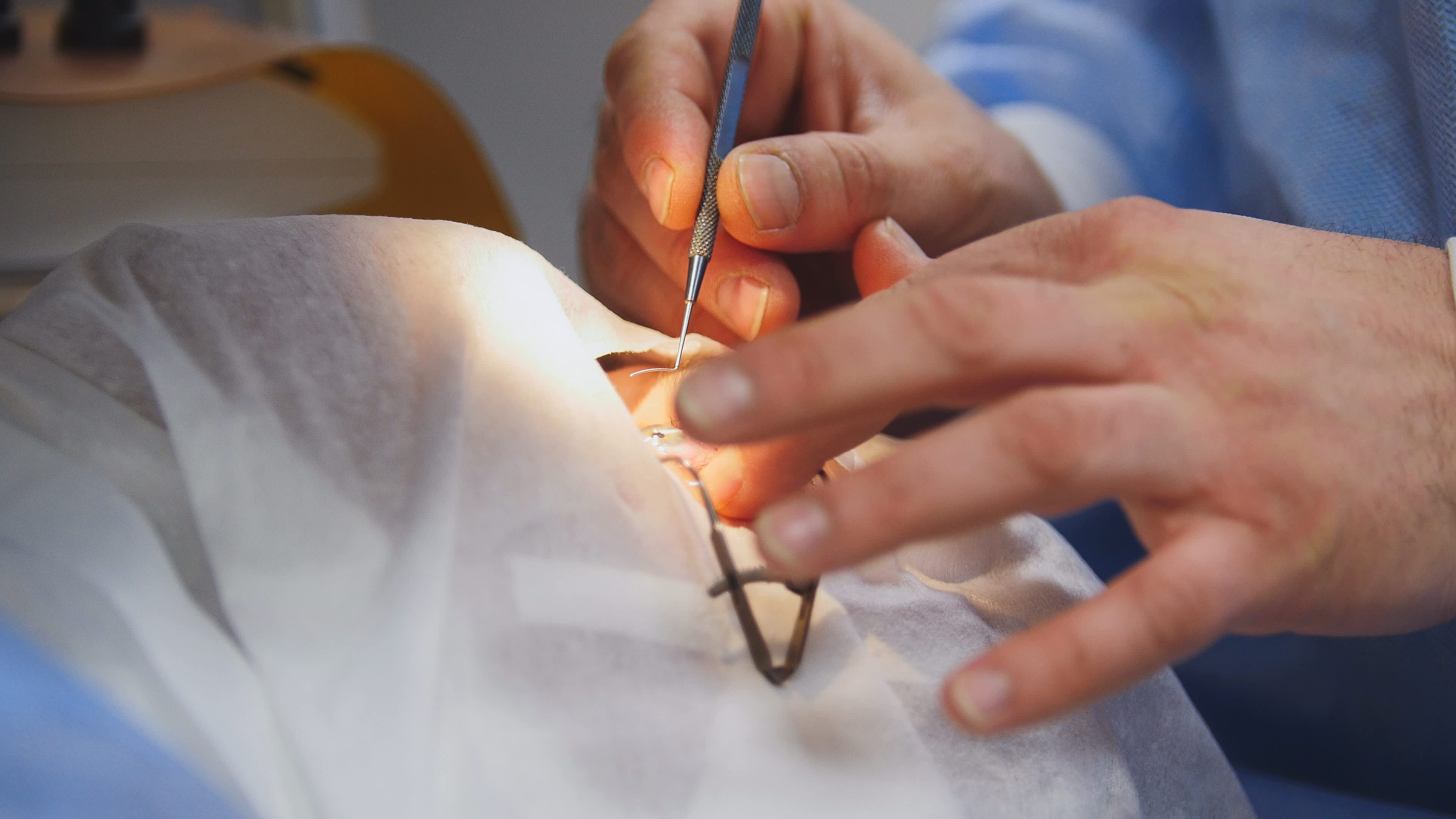
LASEK is a little more invasive than LASIK, but it may be ideal for some people who are not suitable for LASIK. It could also be favoured by surgeons with less LASIK experience.
Just like other types of laser refractive surgery, LASEK reshapes the cornea with an excimer laser, enabling a precise concentration of light to reach the retina without glasses or contact lenses.
LASEK includes a bit of both LASIK and PRK.
- As in PRK, the corneal epithelium is isolated from the stromal layer at the base.
- Instead of cutting and discarding the tissue entirely, as in PRK, your LASEK surgeon moves an ultra-thin “flap” of the cornea where it stays bound to the eye, such as the thicker flap of corneal tissue formed during LASIK surgery.
- Once the laser procedure is over, the epithelial tissue is repositioned to protect the lasered stroma on the surface of the eye, and a bandage contact lens is inserted over the eye to hold the epithelium in place until it heals.
What are the complications/side effects of these methods for managing myopia in Singapore?
Atropine eye drops make the pupil bigger and more vulnerable to glares. This can be managed by wearing sunglasses and avoiding glaring lights like one from a computer. Ortho-K lenses have a small chance of leading to blindness due to a risk of infection.
Many refractive surgeries patients experience some discomfort in the first few days after the procedure and most experience sensitivity to light.
Uncommon but possible side effects in these procedures include:
- Eye dryness This is the most common postoperative dry eye after surgery. This usually lasts for about 1 month [15]
- Visual changes or disturbances. These include glares from blinding lights or mirrors from objects, halos surrounding lights, or seeing double.
- Undercorrection. Your vision may not be as good as they could be if your eye surgeon did not remove enough corneal tissue through laser surgery.
- Visual distortion. Your eye surgeon could remove more corneal tissue than required, which can distort your vision.
- LASIK flap compilations. An issue with the corneal flap created during LASIK may cause infection or tearing (as in ‘crying tears’).
- Permanent vision loss. Just like every eye surgery, there will be a tiny risk that you will lose some or all of your vision.
There are no known risks of wearing spectacles, so the aforementioned MiYOSMART will only damage your purse. But it is an investment well spent. MiYOSMART is like a normal single vision lens that is easy to wear. These lenses are also prescribed, meaning they are tailor-made for your power.
Also read this guide on Cataract Surgery in Singapore.
How much do the treatments to manage myopia cost in Singapore?
Here’s the average price you can expect to pay:
Types
Cost
Duration
Invasive?
Risk Level
Effectiveness in slowing myopia (Average)
Eye drops
$150-$250 for 12 small bottles*
1 year
Yes
Low
27-66%
Dependent on dosage
Ortho-K
$1,500 - $2,000
1 year
Yes
Low
30-55%
MiYOSMART lenses
$530
Upon changing lenses
No
Low
60%
LASIK
$3,100 - $4,500
Permanent but vision can still deteriorate with age
Yes
Moderate
If successful, full vision is regained
PRK
$3,800 - $5,000
Permanent but vision can still deteriorate with age
Yes
Moderate-High
If successful, full vision is regained
LASEK
$3,600 - $4,000
Permanent but vision can still deteriorate with age
Yes
Moderate-High
If successful, full vision is regained
*Price of eye drops not inclusive of auxiliary tests, doctor's consultations and spectacles.
When is the ideal time to manage/control myopia in children?
The young patients I see are around the ages of 5 to 6 years old. You should consult an ophthalmologist as soon as they suspect that their child is developing myopia. Early detection can help slow and prevent the progression of myopia.
Why do you think childhood myopia is increasingly common in Singapore?

Myopia rates are increasing in Singapore. There has been an ongoing increase in people working very closely with computers, along with an increase in phone use. These, combined with the lack of outdoor activity, are some of the causes of this increasingly common condition.
What are some insights you would like to share as an ophthalmologist?
Public education is very important and you can change some common habits to prevent myopia. These habits include reducing the amount of near work, less computer, and handphone use. It is important to educate and teach young children on the ways to care for our eyes, helping us to reduce the risk of becoming myopic.
What are some tips and ways to prevent childhood myopia?

Some tips I would suggest starting off with would be to have more outdoor activities for children. As mentioned, you should also avoid excessive use of gadgets. Finally reading in adequate good light will help relax your eyes.
Do you have a recommended screen time to curb myopia progression?
For pre-school children, the usage of phones or gadgets should be reduced to as little as possible. When you are in school it is important to keep up with school work and spending time on phones will affect how well your child can focus.
Also Read: The Ultimate Guide to Glaucoma Treatment in Singapore (2020)
To sum it all up
Myopia is usually first detected in childhood and you have a wide array of options to deal with the condition. These include eye drops, lenses, or surgery. If you are not appropriate for surgery or simply do not want to go under the knife, you can choose contact lenses, eye drops, or spectacle lenses like MiYOSMART.
While eye drops and contact lenses are good choices if you do not want to wear spectacles, MiYOSMART is as effective in slowing down myopia progression by an average of 60%.
Besides its effectiveness, MiYOSMART is also safe and easy due to its impact-resistant material with UV protection and ease of maintenance. It is easy to wear and adapt since it works just like any other pair of single vision lenses. You can find someone trained in prescribing MiYOSMART below!
Brought to you by HOYA Lens. Find out where you can get MiYOSMART in Singapore by looking for the closest HOYA eye care practitioner here.
At Eagle Eye Centre, Dr Harold Choi is a Specialist in Ophthalmology. He finished his basic medical degree at the National University of Singapore (NUS), followed by his Masters in Medicine (Ophthalmology), and Fellowship of the Royal College of Surgeons Edinburgh. He held clinical teaching positions at NUS.


